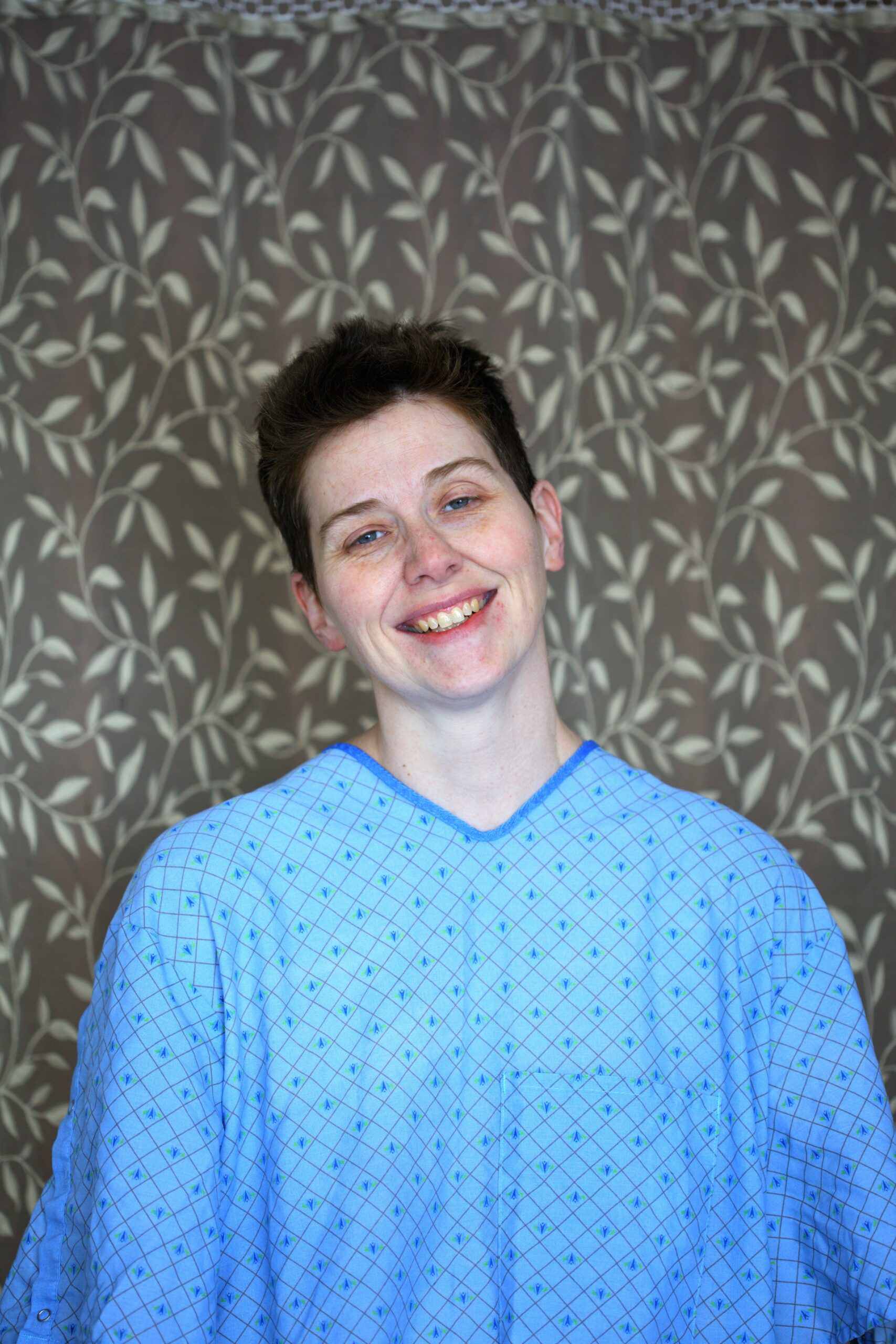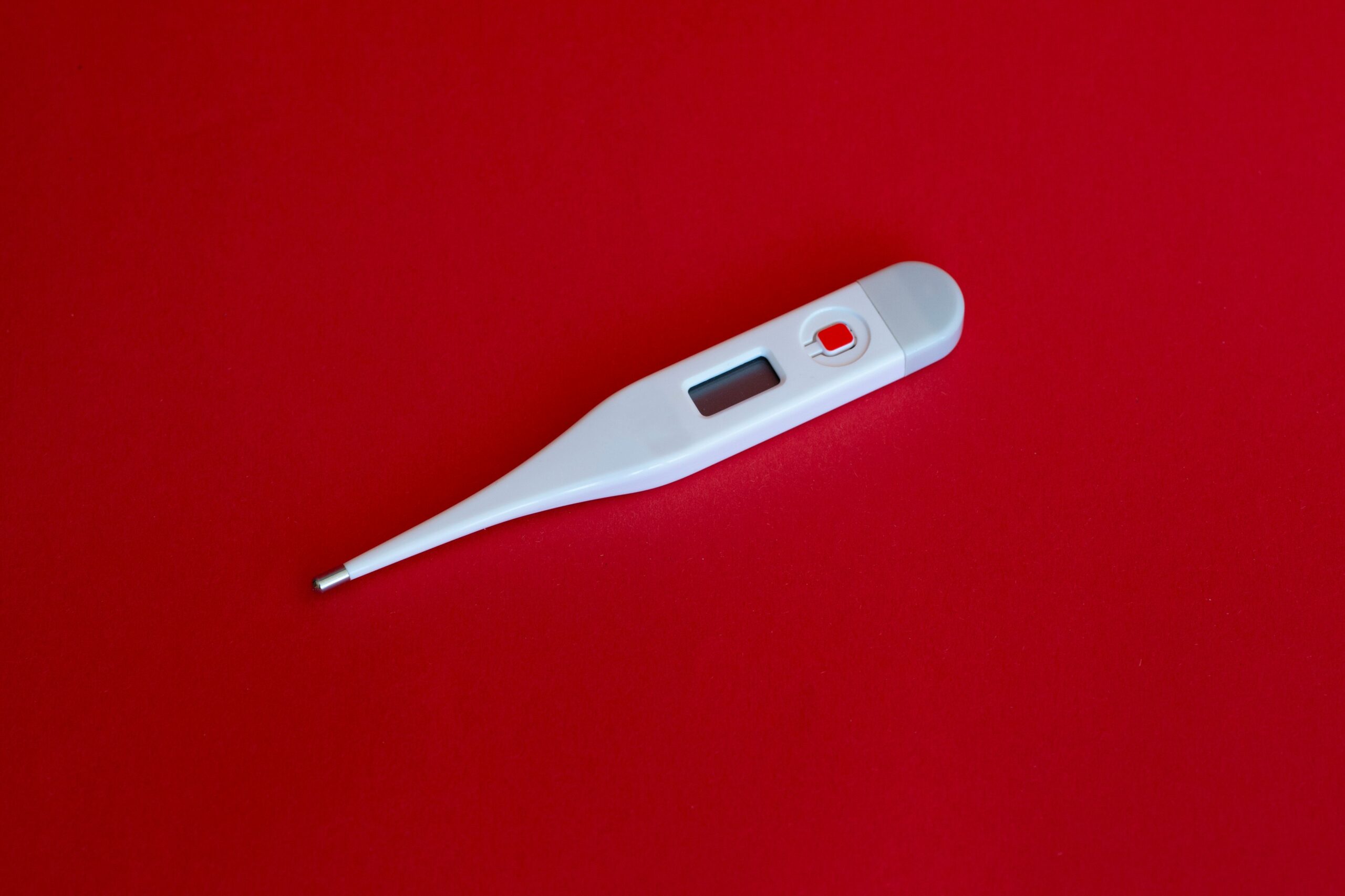Unilateral myoclonus refers to the involuntary, rapid, and brief muscle contractions that occur in one upper limb. These sudden jerking movements can significantly impact a person’s quality of life, affecting their ability to perform daily tasks and participate in activities. Fortunately, there are various treatment options available to manage and alleviate the symptoms of unilateral myoclonus. In this article, we will explore some of these treatment approaches.
1. Medication:
Medications can be prescribed to help control the symptoms of unilateral myoclonus. Anticonvulsant drugs such as clonazepam and valproic acid are commonly used to reduce the frequency and intensity of muscle contractions. These medications work by stabilizing the electrical activity in the brain, thereby reducing the occurrence of myoclonic jerks. It is important to consult with a healthcare professional to determine the appropriate medication and dosage for individual cases.
2. Physical Therapy:
Physical therapy plays a crucial role in managing unilateral myoclonus. A skilled physical therapist can design a customized exercise program to improve muscle strength, coordination, and control. The therapy may include stretching exercises, range-of-motion exercises, and strengthening exercises targeting the affected limb. Additionally, techniques such as biofeedback and relaxation exercises may be employed to help individuals gain better control over their muscle movements.
3. Occupational Therapy:
Occupational therapy focuses on helping individuals with unilateral myoclonus regain their independence and perform daily activities. An occupational therapist can assess the specific challenges faced by the individual and provide strategies to overcome them. This may involve adapting the environment, modifying tasks, and teaching compensatory techniques. The goal is to maximize functional abilities and enhance overall quality of life.
4. Assistive Devices:
Assistive devices can be beneficial for individuals with unilateral myoclonus, particularly when performing tasks that require fine motor skills or precision. Devices such as weighted utensils, adaptive grips, and specialized writing aids can help stabilize the affected limb and improve control. These devices can make daily activities like eating, writing, and dressing easier and more manageable.
5. Botulinum Toxin Injections:
In some cases, botulinum toxin injections may be recommended to reduce the severity of myoclonic jerks. Botulinum toxin, commonly known as Botox, is injected into the affected muscles to temporarily paralyze them. This can help alleviate the involuntary contractions and provide relief. The effects of the injections typically last for a few months, after which additional injections may be required.
6. Deep Brain Stimulation (DBS):
Deep brain stimulation is a surgical procedure that involves implanting electrodes in specific areas of the brain. These electrodes deliver electrical impulses to modulate abnormal brain activity and reduce myoclonic jerks. DBS is usually considered when other treatment options have been unsuccessful. It is a complex procedure that requires careful evaluation and consideration by a team of specialists.
7. Lifestyle Modifications:
Making certain lifestyle modifications can also contribute to managing unilateral myoclonus. These may include maintaining a healthy diet, getting regular exercise, practicing stress management techniques, and ensuring adequate sleep. While lifestyle changes alone may not eliminate the symptoms, they can complement other treatment approaches and improve overall well-being.
It is important to note that the most effective treatment plan for unilateral myoclonus may vary from person to person. It is advisable to consult with a healthcare professional who specializes in movement disorders to determine the most suitable treatment options based on individual needs and circumstances.
In conclusion, unilateral myoclonus in one upper limb can significantly impact a person’s daily life. However, with the right treatment approach, the symptoms can be managed effectively. From medications to physical therapy, occupational therapy, assistive devices, and more, there are various options available to alleviate the involuntary muscle contractions associated with unilateral myoclonus. Consulting with healthcare professionals and specialists is essential to develop a personalized treatment plan that addresses the specific needs of each individual.
اخبار النادي الأهلي المصري اضغط هنا
معلومات طبية و دليل الأدوية اضغط هنا


